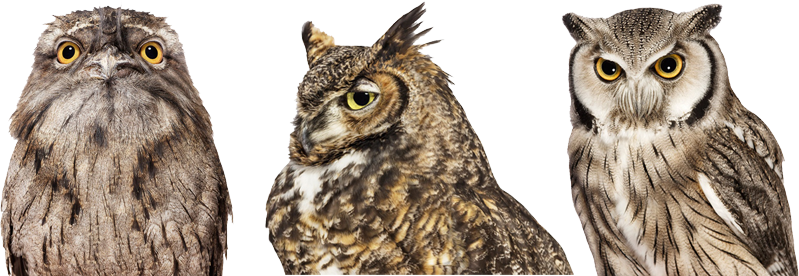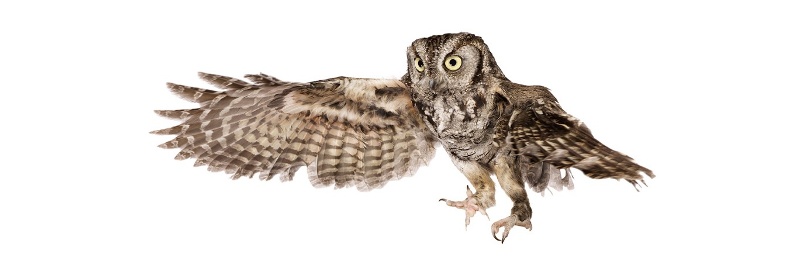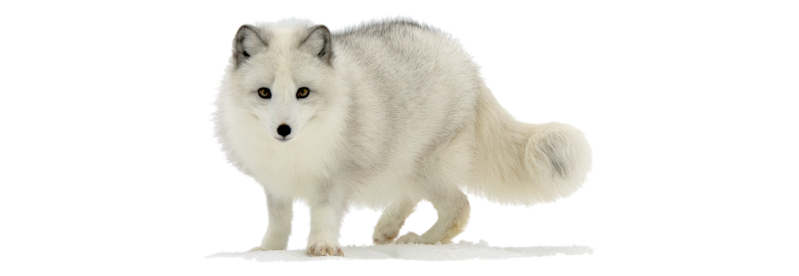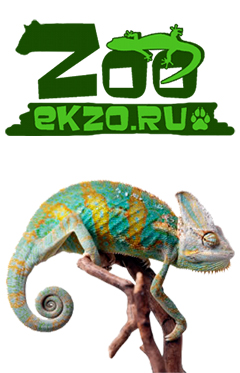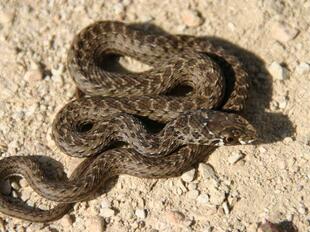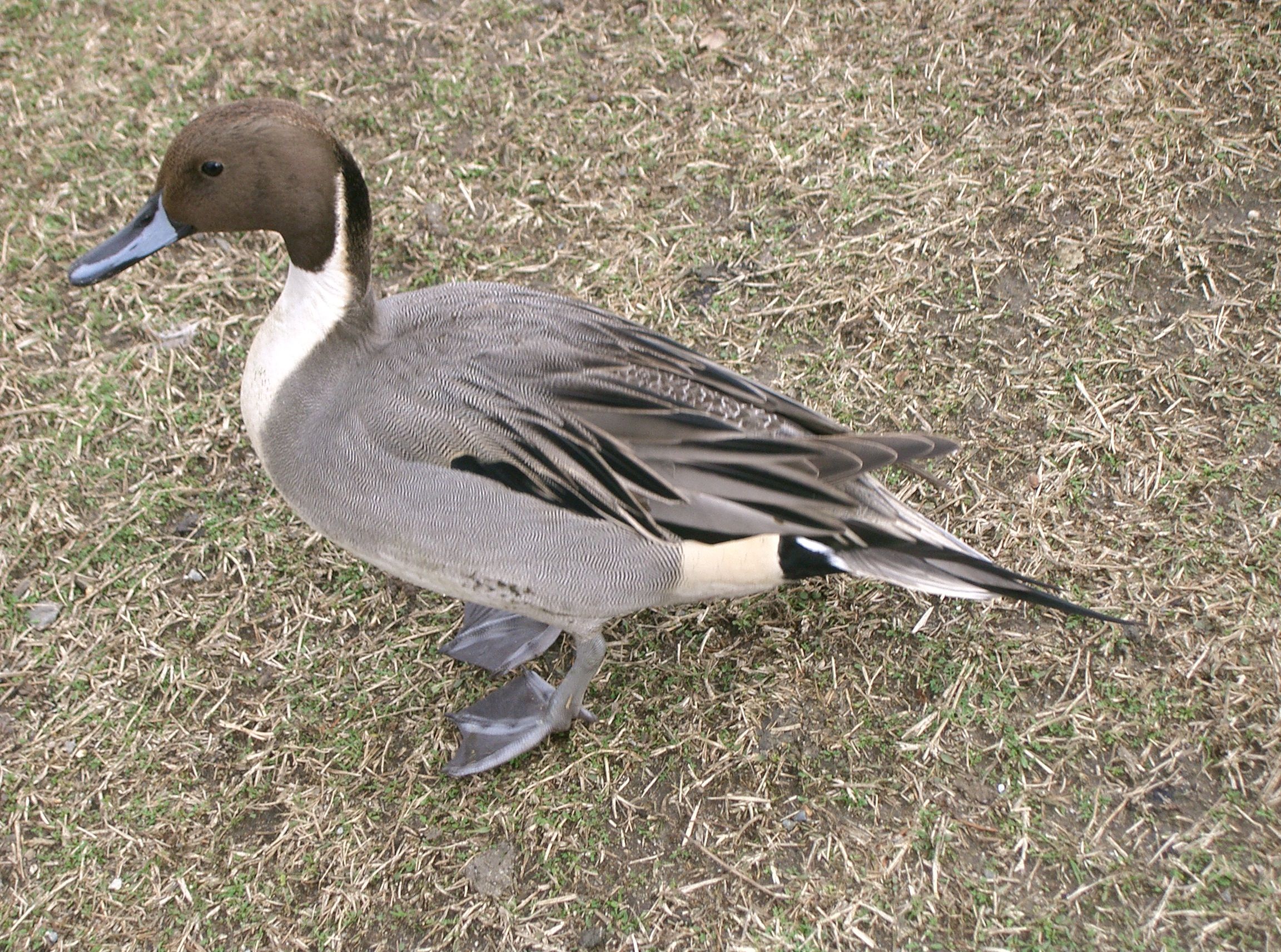
Northern pintail(Anas acuta)
Phylum —chordata
Class — aves
Order — anseriformes
Family — anatidae
Genus –anas
Appearance
The northern pintail is a fairly large duck with a wing chord of 23.6–28.2 cm (9.3–11.1 in) and wingspan of 80–95 cm (31–37 in). The male is 59–76 cm (23–30 in) in length and weighs 450–1,360 g (0.99–3.00 lb), and therefore is considerably larger than the female, which is 51–64 cm (20–25 in) long and weighs 454–1,135 g (1.001–2.502 lb). The unmistakable breeding plumaged male has a chocolate-brown head and white breast with a white stripe extending up the side of the neck. Its upperparts and sides are grey, but elongated grey feathers with black central stripes are draped across the back from the shoulder area. The vent area is yellow, contrasting with the black underside of the tail, which has the central feathers elongated to as much as 10 cm (3.9 in). The bill is bluish and the legs are blue-grey.
The adult female is mainly scalloped and mottled in light brown with a more uniformly grey-brown head, and its pointed tail is shorter than the male's; it is still easily identified by its shape, long neck, and long grey bill. In non-breeding (eclipse) plumage, the drake pintail looks similar to the female, but retains the male upperwing pattern and long grey shoulder feathers. Juvenile birds resemble the female, but are less neatly scalloped and have a duller brown speculum with a narrower trailing edge.
Habitat
Northern pintails are found throughout the world. During the summer they are found mainly in the Northern Hemisphere as far south as Poland and Mongolia in Eurasia and California in North America. In the winter, they migrate to the Southern Hemisphere, including parts of Africa and all of Mexico. Some pintails even fly all the way to Hawaii to spend the winter.
Behavior
Pintail submerge their head and upper half of their body, while its tail is left above the surface of the water as it feeds on snails, water bugs and roots of aquatic plants. This process is called up ending.
Pintail will migrate astounding distances during winter to warmer climates in a very short period of time.
Diet
The winter diet is mainly plant material including seeds and rhizomes of aquatic plants, but the pintail sometimes feeds on roots, grain and other seeds in fields. During the nesting season, this bird eats mainly invertebrate animals, including aquatic insects, mollusks and crustaceans.
Reproduction
Both sexes reach sexual maturity at one year of age. The male mates with the female by swimming close to her with his head lowered and tail raised, continually whistling. If there is a group of males, they will chase the female in flight until only one drake is left. The female prepares for copulation, which takes place in the water, by lowering her body; the male then bobs his head up and down and mounts the female, taking the feathers on the back of her head in his mouth. After mating, he raises his head and back and whistles.
Breeding takes place between April and June, with the nest being constructed on the ground and hidden amongst vegetation in a dry location, often some distance from water. It is a shallow scrape on the ground lined with plant material and down. The female lays seven to nine cream-colored eggs at the rate of one per day. If predators destroy the first clutch, the female can produce a replacement clutch as late as the end of July. The hen alone incubates the eggs for 22 to 24 days before they hatch. The precocial downy chicks are then led by the female to the nearest body of water, where they feed on dead insects on the water surface. The chicks fledge in 46 to 47 days after hatching, but stay with the female until she has completed moulting.
In captivity
Lifespan in captivity is up to 30 years.
It is not difficult to keep northern pintails. In summer, they are kept in outdoor enclosures. The minimum size of the enclosure is 4 square meters: one meter fora bird.
In the cold season, birds are kept in sections of the poultry house. Access to paddocks is open only on warm, windless, sunny days and only during the daytime.
Wild ducks become restless in the fall, when they fly south seasonally, and may join other wild ducks and fly away with them, so you should trim their wings in time or restrict access to walking. You can also cover the paddock with a net.
For winter keeping of ducks any shed (paddock) in which they are protected from wind and precipitation is suitable. The pen for ducks is built in such a way that one duck has at least 1 sq. m. of area with a room of the height of 70-100 cm. Ducks are not afraid of the cold; if they are full, clean and healthy, they can easily live at any frost.
The area of the paddock should not be less than the area of the paddock shed itself. One duck needs a range of 4 sq. m.In this case, all winter it is necessary to maintain a sufficient mirror of the reservoir for birds, not covered with ice. This is achieved in various ways, one of which may be the use of an air compressor. Long hoses from the compressor that pumps air are lowered to the bottom of the reservoir, and air bubbles, rising up, carry warmer water. With constant mixing of warm water from the lower layers of the reservoir with colder water from the surface, the possibility of ice formation is eliminated even in the most severe frosts.
As a winter bedding for waterfowl, you can use soft hay, which is laid out in places where birds rest.
The diet of the northern pintailincludes grain feed-corn, wheat, barley, millet, oatmeal, wheat bran, grass, meat and fish meal, chalk, small shell, gammarus. In the warm season, it is good to give various greens - cut dandelion leaves, lettuce, plantain, duckweed. Good food for ducks - wet mixture of grated carrots, bran, various cereals. During the reproductive period and during molting, they are mixed with wet food or given separately: fish and minced meat.During working out a diet it should be calculated that the amount of raw protein does not exceed 18-19%.
Northern pintailsare friendly to other birds, so they can be kept in the same pond with other members of the Anatidae family.
Artificial shelters for nests are installed in the paddock. Ducks independently incubate, breed and raise young ducklings.
 Russian
Russian
 English
English








